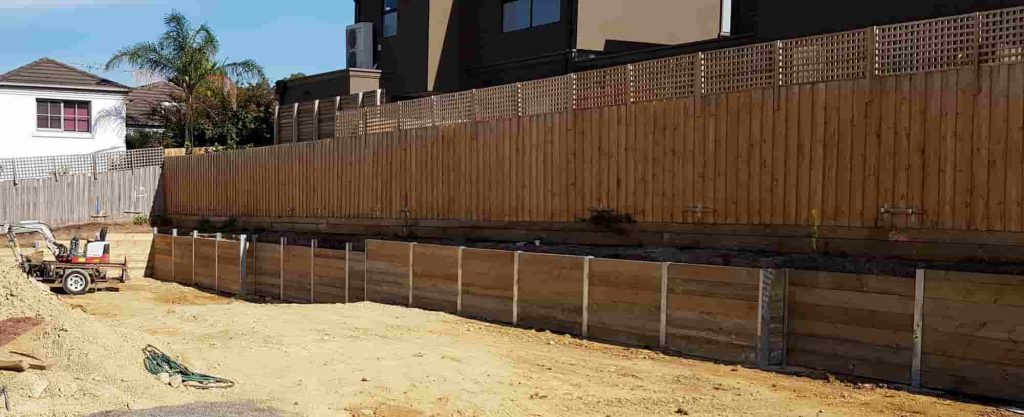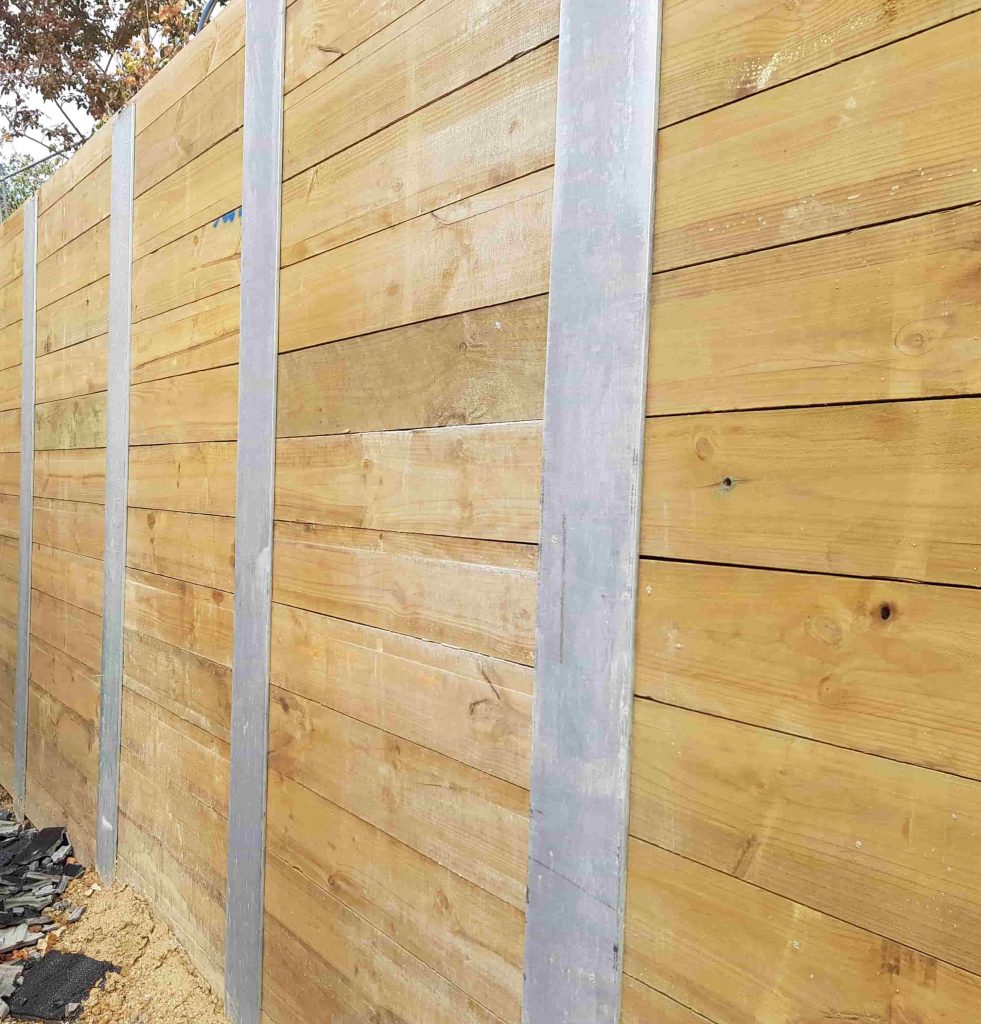Introduction
Building a maintaining wall is no small feat. It includes careful planning, skilled execution, and most significantly, the right materials. With numerous choices available, comprehending the options can empower homeowners and home builders alike to make informed choices. This article dives deep into the fascinating world of maintaining wall materials, exploring what keeping wall professionals utilize to make sure durability, functionality, and visual appeal.
What Are Retaining Walls?
Retaining walls are structures developed to keep back soil or rock from a structure or area. They are essential in places with considerable elevation changes, offering stability and avoiding disintegration. The option of material can substantially affect the wall's structural stability, lifespan, and look.
Why Select the Right Material for Retaining Walls?
1. Structural Integrity
The primary function of a keeping wall is to resist lateral pressure from soil. Picking a robust material makes sure that your wall will stand up to these forces in time without drooping or collapsing.
2. Aesthetic Appeal
A sound keeping wall can enhance the visual landscape of your property. Picking attractive materials permits property owners to develop a seamless blend between nature and construction.
3. Cost-Effectiveness
Different products feature differing price. While some may have higher initial expenses, they could conserve money in the long run due to their durability.
4. Maintenance Requirements
Some materials require more upkeep than others. Understanding these requirements helps property owners choose carefully based on their way of life and willingness to invest time in maintenance.

Exploring Different Products Used by Retaining Wall Contractors
When it comes to constructing keeping walls, professionals usually work with several products. Each has its unique residential or commercial properties that deal with different needs.
1. Concrete Sleepers: Strength Meets Versatility
Concrete sleepers are pre-cast concrete obstructs that act as an exceptional choice for keeping walls due to their strength and durability.
- Durability: Concrete sleepers withstand severe climate condition and do not rot or warp. Versatility: Available in different sizes and colors, they can suit any landscape design. Cost: While they might be more costly upfront compared to wood choices, their durability frequently justifies the investment.
Advantages of Concrete Sleepers:
- High resistance against pests Low maintenance requirements Excellent aesthetic possibilities
Disadvantages:
- Heavier than other materials Requires knowledgeable installation
2. H Beam: The Backbone of Keeping Walls
H beams are structural steel parts typically used in construction due to their unrivaled strength.
- Strength: H beams offer tremendous support for taller walls where soil pressure is significant. Longevity: Steel does not decay like wood; it can last years with correct treatment against rust.
Advantages of H Beams:
- Exceptional load-bearing capacity Ideal for massive projects
Disadvantages:
- Higher cost compared to other materials Requires expert installation
3. Wood Sleepers: The Conventional Choice
Wooden sleepers bring a natural look that blends flawlessly with outdoor settings.
- Aesthetics: Wood sleepers use warmth and appeal that's difficult to duplicate with concrete or stone.
Advantages:
- Eco-friendly choice if sourced sustainably Easier setup process
Disadvantages:
- Susceptible to rot and pest damage Shorter life-span compared to other materials
4. Lumber Sleepers: A Sustainable Alternative
Similar to wood sleepers but typically dealt with for increased longevity, wood sleepers are popular among eco-conscious builders.
Benefits of Lumber Sleepers:
Natural look enhances landscaping. Treated wood lasts longer than neglected wood. Generally more affordable than concrete options.However:
Susceptible to moisture-related concerns if not kept properly. Requires routine treatment for insect resistance.5. Stone: A Timeless Material for Timeless Beauty
Stone has been utilized for millennia in building and construction due to its remarkable resilience and timeless beauty.

Types of Stone Used:
|Type|Description|Pros|Cons|| ------------|---------------------|---------------------------|---------------------------|| Granite|Tough igneous rock|Incredibly durable|Heavy & & hard to work|| Limestone|Sedimentary rock|Easy to carve|Less resilient than granite|| Fieldstone|Naturally discovered stone|Special visual appeals|Can be irregularly shaped|
Advantages of Using Stone:
Long-lasting & & resistant against elements. Unique appearance enhances property value.Disadvantages:
Expensive material option. Requires skilled labor for installation.6. Modular Block Systems: Modern Solutions for Maintaining Walls
Modular block systems include interlocking blocks that develop steady walls without extra mortar or adhesives.
Key Functions:
Ease of Setup: do it yourself lovers appreciate the uncomplicated assembly process. https://telegra.ph/The-Function-of-a-Retaining-Wall-Contractor-More-Than-Simply-Building-02-09 Variety of Designs: Available in several colors and textures providing ample style flexibility.Pros & & Cons:
|Pros|Cons|| ---------------------------|-----------------------------|| Quick setup|Might not be as robust as stones|| Budget-friendly|Restricted height assistance|
7. Gabion Walls: The Eco-Friendly Option
Gabions involve wire mesh cages filled with rocks or stones producing a sustainable service that looks excellent while serving its function effectively.
Why Choose Gabion Walls?
Environmentally Friendly: Uses natural products decreasing carbon footprint. Drainage Characteristics: Permits water drainage lessening pressure accumulation behind walls. Cost-Efficient: Frequently less expensive than standard techniques when using local stones.FAQs About Maintaining Wall Materials
Q1: What type of product is best for a maintaining wall?

Q2: How long do wood keeping walls last?
A2: Wooden maintaining walls normally last between 10-- 20 years depending upon maintenance practices; dealt with timber may extend this lifespan considerably but needs regular examinations for rot or insect damage.
Q3: Are stone maintaining walls worth the investment?
A3: Yes! Although they come at a higher initial cost, stone walls include substantial worth through their long lasting sturdiness and classic aesthetics-- typically becoming centerpieces in landscaping designs!
Q4: Just how much does it cost per foot for concrete sleeper walls?
A4: Expenses differ extensively based on location however normally variety from $15--$30 per linear foot consisting of both product and labor costs-- with prospective variations based on site conditions (e.g., soil type).
Q5: Can I install my own modular block system?
A5: Definitely! Modular block systems are designed for easy assembly making them appropriate for DIY tasks; nevertheless, correct preparation is crucial prior-- think about hiring professionals if uncertain about structural integrity!
Q6: Will gabion walls hold up throughout heavy rain?
A6: Yes! Gabion walls stand out at handling water flow due largely since they permit drain through gaps-- ensuring stability even during adverse weather conditions!
Conclusion
Choosing the ideal product is vital when constructing a retaining wall; each choice presents unique benefits tailored towards specific requirements whether it's strength-based needs or aesthetic choices! Consulting with a seasoned retaining wall contractor ensures you get the best advice matched particularly towards your job requirements while also adhering closely toward spending plan constraints!
In summary-- whether you go with durable concrete sleepers, conventional wooden sleepers, solid H beams, classy stone, innovative modular blocks, and even environment-friendly gabions-- the end outcome ought to be both functional yet aesthetically enticing allowing you higher peace-of-mind understanding your task stands strong versus time!